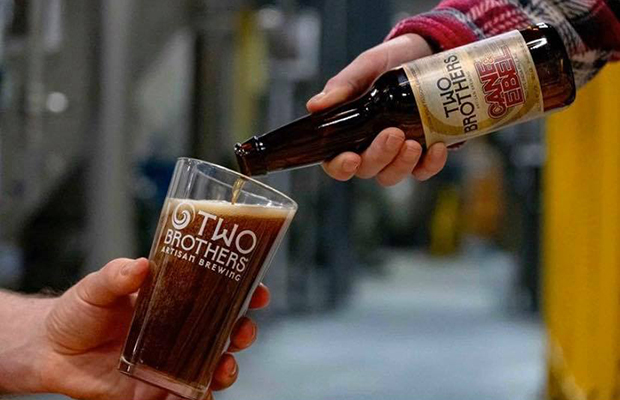
The first Oktoberfest press release to land in my inbox this year came on August 6, courtesy of Tröegs (followed closely by Lawson’s the next day). That’s just a few days later than the earliest I’ve seen in previous years as July 26 (in 2021 from Sierra Nevada) was the record, for those keeping score. While some purists may bristle at the idea of sipping a Märzen under the summer sun, for many smaller and mid-sized breweries, there’s simply no choice.
Sales of the style is isn’t about tradition. It’s about competition.
A few years back, a brewery owner friend of mine told me something that stuck. His distributor gave him a blunt ultimatum: if he wanted his Märzen to have a chance at off-prem shelf space, he had to beat the big players (ie. Sam Adams) to market. That meant pushing production releases up to late July or early August—well ahead of Oktoberfest’s traditional mid-September start.
This kind of “seasonal creep” used to feel like a violation of beer calendar decorum. Oktoberfest is supposed to celebrate fall, not announce it prematurely, right? But, you know what? That framing doesn’t hold up anymore.
When you look at the market pressures — especially for breweries without national recognition or distribution muscle — timing isn’t just about authenticity, it’s about being visible. And in an industry where the fight for shelf space gets more cutthroat each year, showing up late means missing out entirely.
Craft-made Lagers have surged in popularity, and Oktoberfest-style beers now occupy an attractive sweet spot. They’re malt-forward but not too heavy. Festive, but accessible. And most importantly, they sell. They’re a natural crossover from summer into fall, which gives them more staying power than holiday-themed one-offs that seemingly vanish by December 26.
AleSmith’s team put it well in a previous interview. Their Oktoberfest release, AleSchmidt, launches two months earlier than in previous years. And they’re not apologizing for it.
“We see it as being more accessible for a longer period,” Peter Cronin, the brewery’s Quality Manager, said back then. It’s “a perfect beer to round out the summer and get you ready for fall.”
For many breweries, like Tröegs or AleSmith, Oktoberfest is no longer a limited novelty. It’s a critical brand asset that deserves longer exposure, wider markets, and earlier marketing. This is why small breweries should stop hesitating and embrace the shift. If your Oktoberfest hits shelves in mid-September, you’re already behind. The big players are already stocked. Retailers have already built displays. Consumers have already made choices. And distributors? They’ve moved on.
READ MORE: Walnut River Set to Release Oktoberfest
Tradition is important, yes. But, it’s not more important than survival.
If you’re a small brewery plotting your fall strategy, don’t think of early releases as “selling out.” Think of it as “buying in” and creating a longer sales windows, better positioning, and a fighting chance at relevance in a seasonal category where first impressions often win.






Be the first to comment